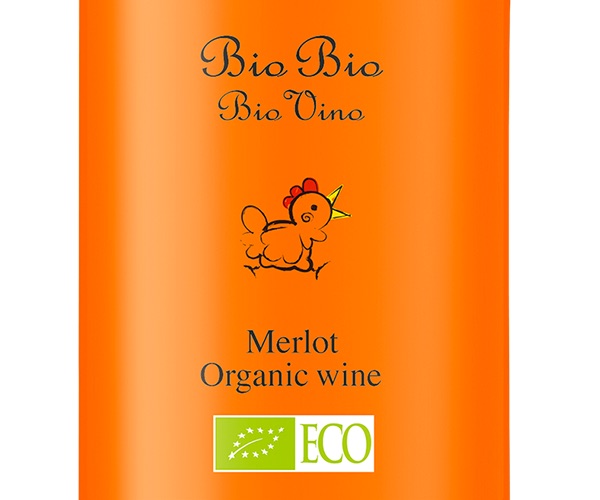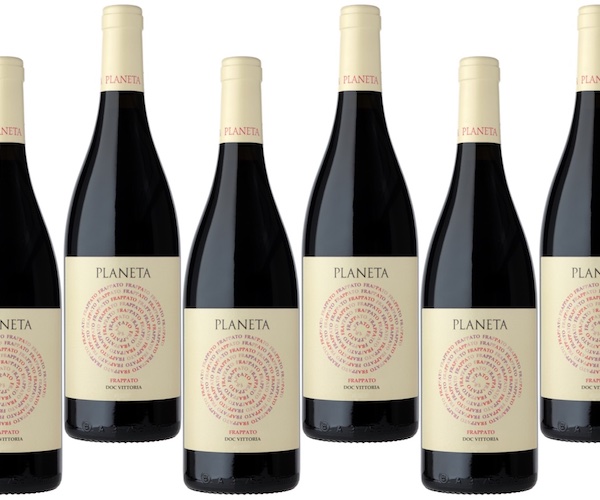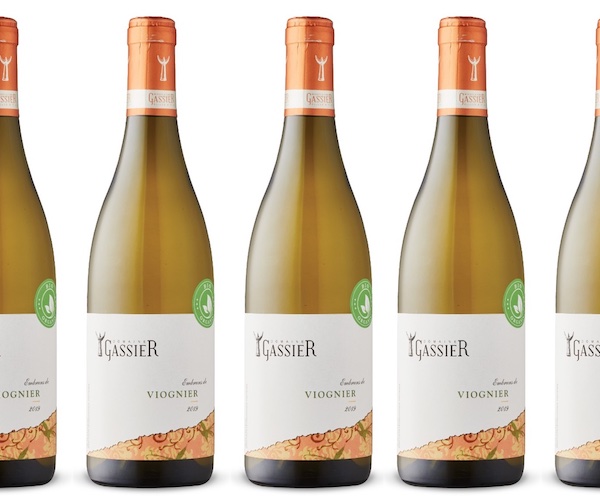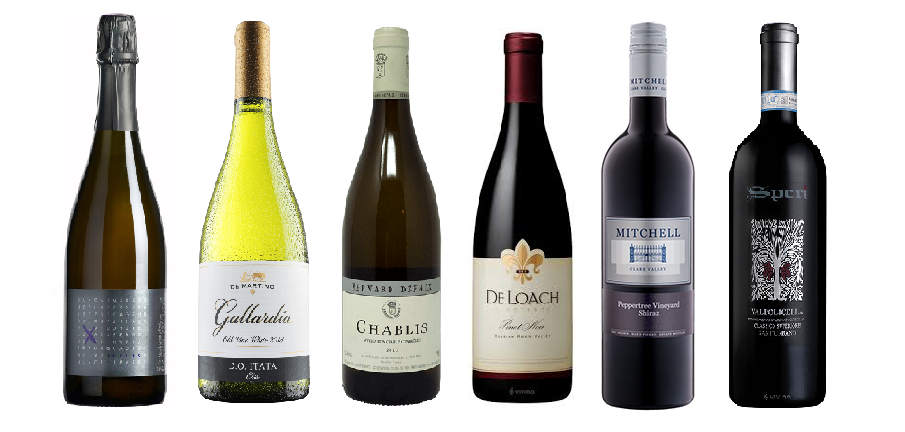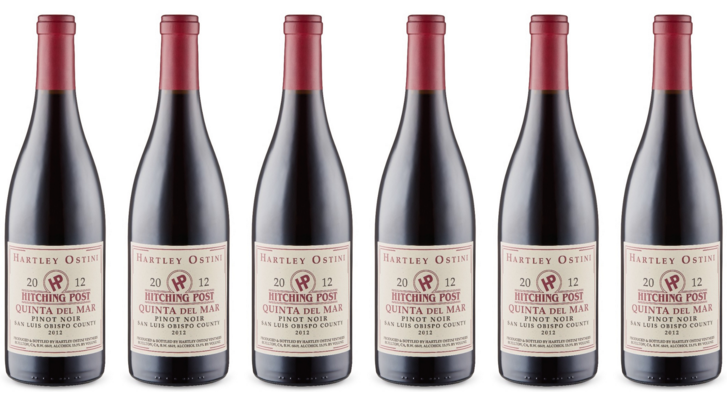Malcolm Jolley recommends a $12 organic concept wine…
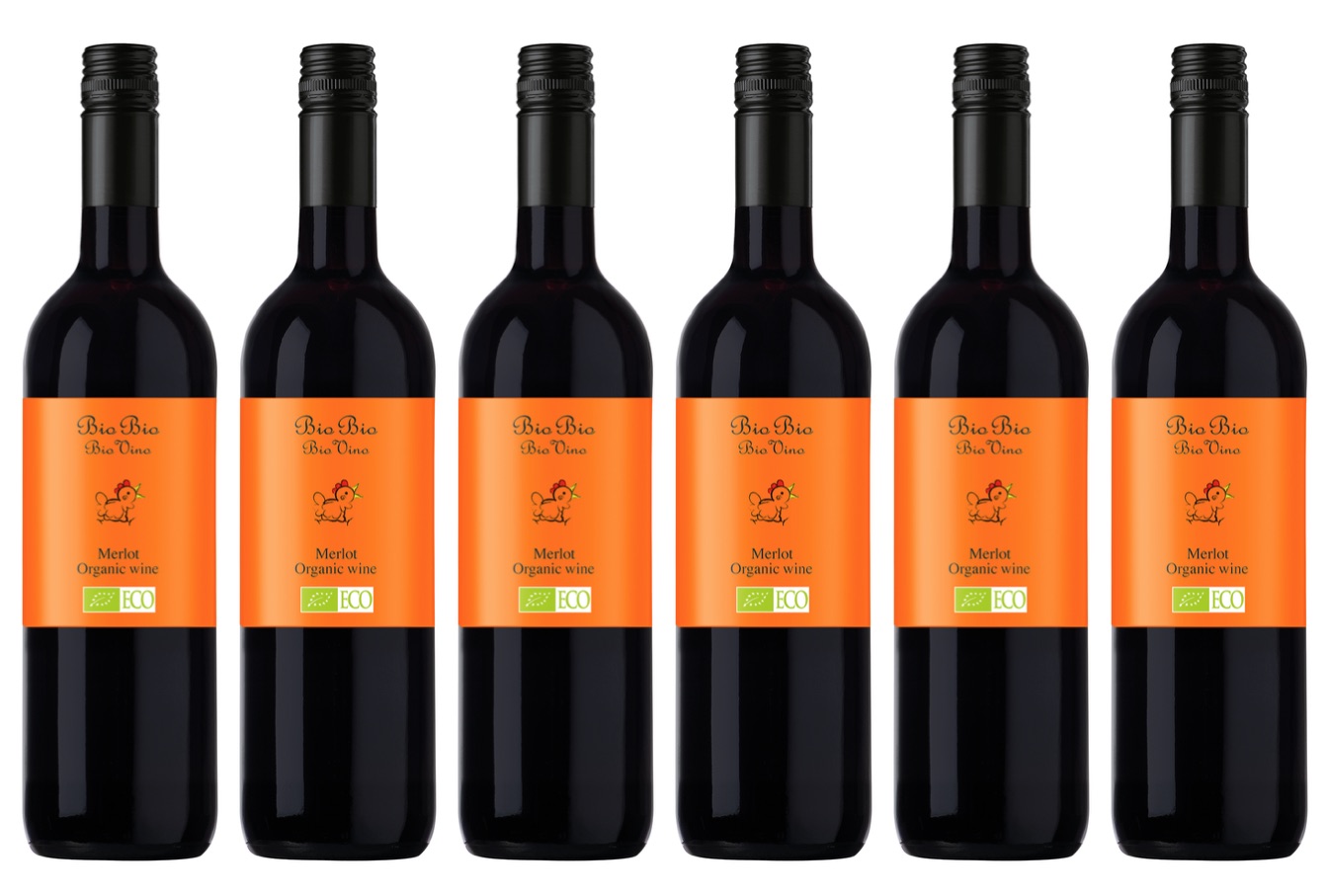
Bio Bio Merlot Organic Wine | $11.95 | LCBO# 13459
What would happen if by agreement by all the world’s nations pesticides and herbicides were outlawed forever and all agricultural products of the world were made to be certified organic? Would the big producers transform themselves into Nicolas Joly’s or Arianna Occhipinti’s, making only handcrafted, nuanced and pricey expressions of terroir? Not likely, but I think what might happen is that they would start making wines like the Bio Bio Bio Vino Merlot that you can find on the regular shelves of the LCBO for $11.95. In most of the wine making world, “bio” is shorthand for biologique, meaning organic. So, ‘Bio Vino’ means organic wine, and this one is a good, juicy Mediterranean red with purple and black fruit notes and enough acidity for the table. It’s in balance and not too hot or sweet, as many wines at this price point can be. That it’s organic is a well received bonus, not least in consideration of Shaughnessy Bishop-Stall’s theory of the red wine hangover (it’s the chemicals applied to grapes before harvest that show up in your glass and can do you in).
What the Bio Bio Merlot isn’t is from somewhere in particular. The label just says it’s a product of Italy and has been certified organic. Italy’s a big country that stretches from the ‘Alps to Africa’. The company that produces it, Ciello e Terra, is from Vincenza in Veneto, which is close to the Alps. A data sheet sent to me by their local agent, Trajectory, says the wine is made from 90% Merlot grapes from Sicily, which is close to Africa. Sicily is hardly a natural habitat for Merlot, so I suspect the vines that made this wine were planted in the 90’s when the grape was in vogue, or perhaps they were planted even earlier to make wine for export to bulk up industrially made Bordeaux. Anyway, I imagine they’re relatively old vines, which is always a good thing, and they’ve supplied good juice. Whatever else was thrown in with the Merlot (Corvina from Valpolicella, or Montepulciano d’Abruzzo
?) is also doing its job well; perhaps adding a bit of structure or depth.
The Bio Bio Merlot is also not from a particular time: there’s no vintage, which suggests it’s been blended from wines made from grapes harvested in different years. Paying attention to vintage makes sense if you’re paying a lot for a wine from a place where the weather can vary dramatically from year to year, like Bordeaux or Burgundy. This importance is compounded if you’re buying en primeur or the wine you’re investing in isn’t made to be drunk for years. But for ready to drink, affordable table wine like the Bio Bio, which comes mostly (we think) from generally climatically stable Sicily, it doesn’t matter much at all, and the freedom to blend different vintages could only enhance the winemaker’s ability to make the best wine they could from what was in their cellar. The fetishization of vintage year for everyday wines is silly, especially this year when so much of the 2018 and 2019 wines lie unsold in world’s cellars because of the corona virus shutdowns. Good for Ciello e Terra for eschewing the rules and making a tasty, affordable wine that’s that much better for its drinkers and the planet they live on.

